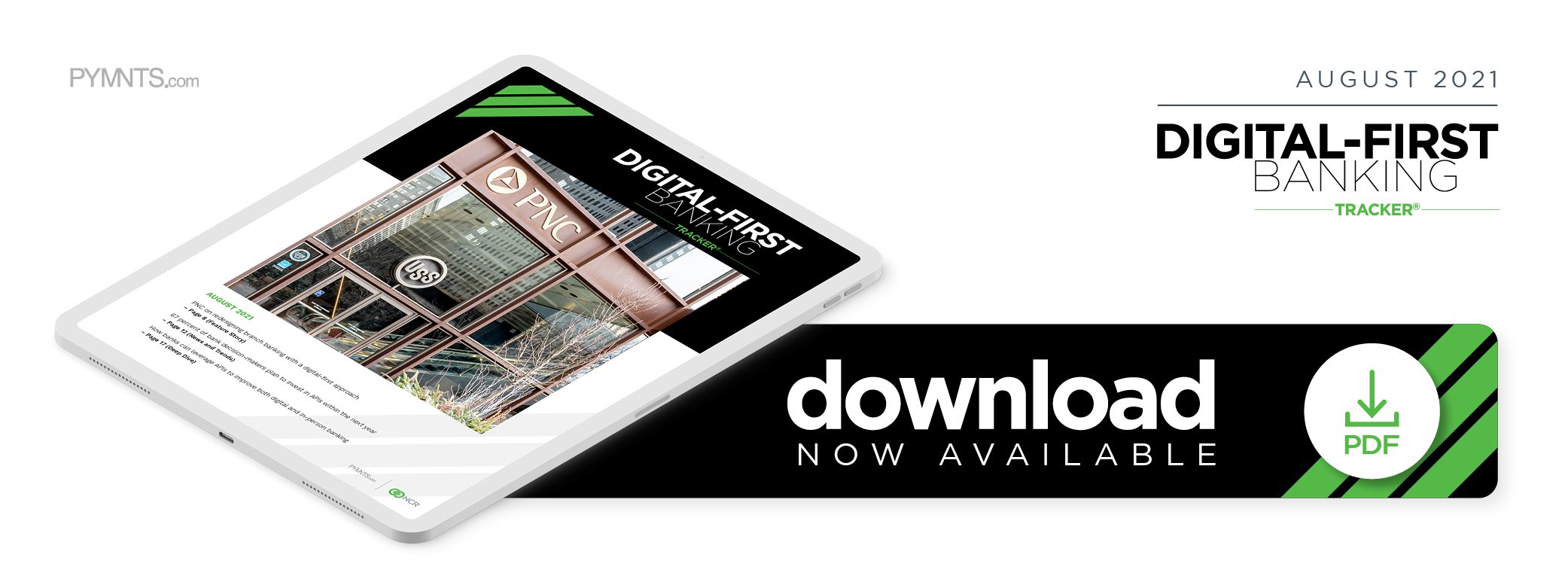Deep Dive: How Banks Are Leveraging APIs to Improve Both Digital and in-Person Banking Services

The year 2020 was a game-changer for banks as pandemic-related restrictions on in-person banking forced or greatly accelerated digital transformations. Despite that restrictions have eased, the pressures on banks have not diminished. The rapid digital shift has left traditional banks vulnerable to competition from FinTechs, Big Tech firms and other fleet-footed newcomers to the financial landscape. The shift has also raised customers’ expectations for their banking experiences, making speed, simplicity, payment ease and instant access to financial statements and other data a virtual must.
Application programming interfaces (APIs) have emerged as a lifesaving device for banks by simplifying their digital transitions and permitting swifter pivots and innovations. APIs allow financial institutions (FIs) to connect seamlessly with both businesses and customers, opening up a world of use cases. The technology can help banks partner with eCommerce websites to facilitate payments, for example. It can also enable integrations between physical banks and merchants that offer consumers financing and lending options at the point of sale (POS). Some industry analysts even predict that APIs will rescue bank branches from the brink of extinction and transform them into unique sources of revenue.
The following Deep Dive explores how APIs have become a vital tool in the financial industry’s competitive arsenal and outlines how banks can leverage this technology to improve service in every channel.
APIs: The Banking Model of the Future
Global trends are driving a shift to API-powered finance. The embedded finance model allows non-FIs to provide banking services through APIs, easing merchants’ and other businesses’ entry into the financial services sector while opening new revenue streams. Embedded finance can allow consumers to obtain credit directly from merchants’ online stores, for example, or make payments through a ridesharing app. A recent study projected that the embedded finance market will exceed $138 billion by 2026, up from just $43 billion in 2021 — a 215 percent surge.
Banking as a service (BaaS) is another model that utilizes APIs, enabling FinTechs to connect with bank systems to offer financial solutions without having to become banks themselves. BaaS is similarly expected to have a significant impact in the next 12 months, affecting 85% of FIs around the globe.
One of the most significant API-fueled trends is open banking, in which banks offer companies access to consumer transactions and sensitive financial data with consumers’ consent. The premise of open banking is to empower consumers to take control of their own financial lives.
API-Driven Satisfaction
More than half of global FIs in a recent report see open banking as a “must have” for their organizations. Ninety-seven percent of FIs that have already integrated open banking into their operations, said it has added value to their business, with core benefits including the delivery of new services, improving user experience and attracting and retaining customers.
The digital-first evolution of the past year and a half has had some predicting the eventual demise of traditional in-person bank branches. Open-banking technologies could breathe new life into branches, however, by catering to the growing demand for personalization. Research has shown that most bank customers will encounter issues of sufficient complexity to require speaking to a person at some point. APIs can allow banks to deliver more customer-centric experiences by lowering operating costs and banishing administrative burdens to technological management. Some bank branches are even reimagining themselves as unique service hubs where community members can work and connect, leveraging the in-person advantage to grow their customer bases and revenues thanks to the labor and cost savings associated with APIs.
API technology is allowing banks to broaden their service offerings both digitally and in-person while improving efficiency, competitive agility and customer experience. APIs promise to have powerful implications for the future of banking: If predictions hold, banks that fail to invest in these tools are likely to pay a steep price in just a few short years.

